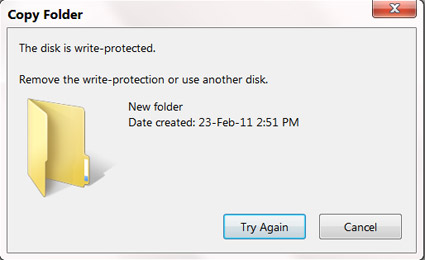 A Reverse Cell Phone Lookup is simply a process of finding someone’s personal details such as name, age, address and related information by using their cell phone number. At times it becomes necessary for us to start investigating on someone to know their personal details. The reason for this can be many – Some people may go for a cell phone lookup in order to locate their old friends, some to investigate the prank calls or to trace a suspicious number.
A Reverse Cell Phone Lookup is simply a process of finding someone’s personal details such as name, age, address and related information by using their cell phone number. At times it becomes necessary for us to start investigating on someone to know their personal details. The reason for this can be many – Some people may go for a cell phone lookup in order to locate their old friends, some to investigate the prank calls or to trace a suspicious number.
There exists a lot of websites on the Internet that offer reverse cell phone search, some claim to be free while others ask you a small fee for the subscription. There also exists a few directories that provide access to both landline and cell phone numbers thereby providing an all-in-one lookup service.
Since most people wish to access this information for free, they go in search of those websites which provide the reverse cell phone lookup service for free. Most scam websites take up this tendency of people as an added advantage and try to attract more and more visitors by promising them to provide the search service at a free of cost. In reality, the visitors of these websites may pick up malware programs like viruses and trojans. So you should be very careful not to visit any of such websites unless you are 100% confident about their legitimacy. Hence, in order to do a reverse cell phone lookup, you need to find a trusted website/directory service that provide information which is accurate and authentic.
Even though there is no national cell phone lookup directory available in United States due to various privacy concerns, there are still a number of top quality directories used by various private detectives, journalists and those who are in need to spy on their cheating spouse or children. These companies invest a lot of time and financial resources in gathering mobile phone and landline numbers by using both private and public sources, as well as major cell phone carrier restricted databases.
Thus by using this service it becomes just a cakewalk for anyone to find the details associated with any phone number whether it be a cell phone or a landline. The entire process of finding someone by cellphone number is very straightforward – all you need to do is just enter the phone number that you want to trace down and hit the “Search” button. You will be able to instantly view the information such as the phone owner’s name, age, mobile provider, billing address, previous addresses and more.
I recommend the following cell phone directory to search both mobile & landline and listed/unlisted residential numbers. The site is completely safe and uses a 128-bit secured access to maintain 100% privacy of the uses. All searches remains private and anonymous. Click on the following link to gain access now!
Phone Number Scan






